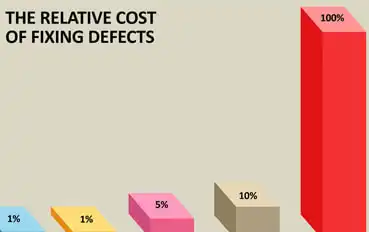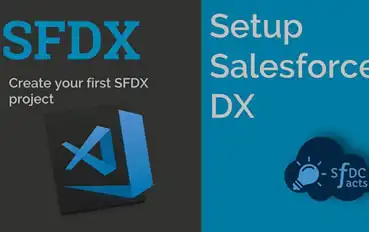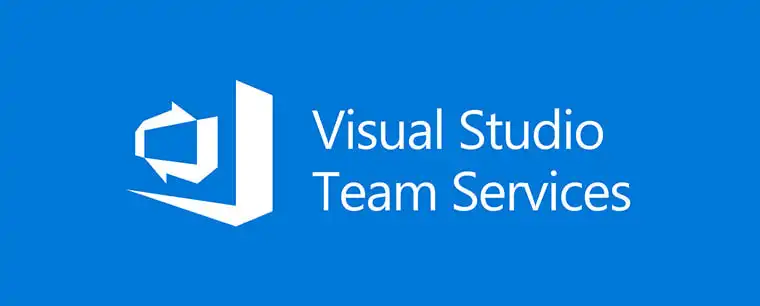
Why It Matters: Traditionally, security considerations weren’t addressed until the last stages of the development pipeline, but this mindset is outdated. DevSecOps includes data security considerations throughout the dev pipeline from the earliest stages all the way to the end.
- The importance of secure applications and updates has increased exponentially in recent years.
- Additionally, the White House is stressing how critical it is that we as a nation follow proper data security measures to avoid breaches and data loss events.
- DevSecOps security tools support data security while also speeding along development processes by automating time-consuming, manual tasks.







